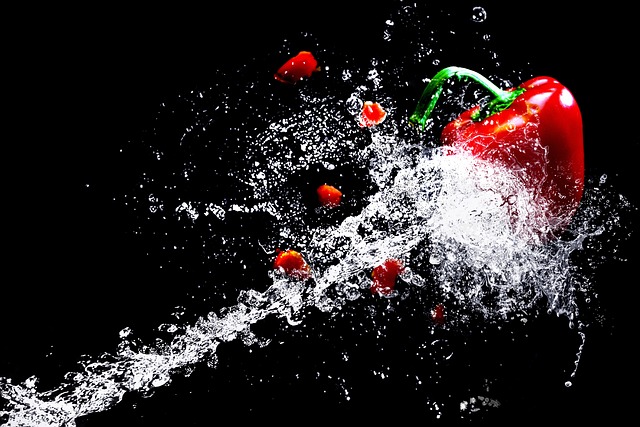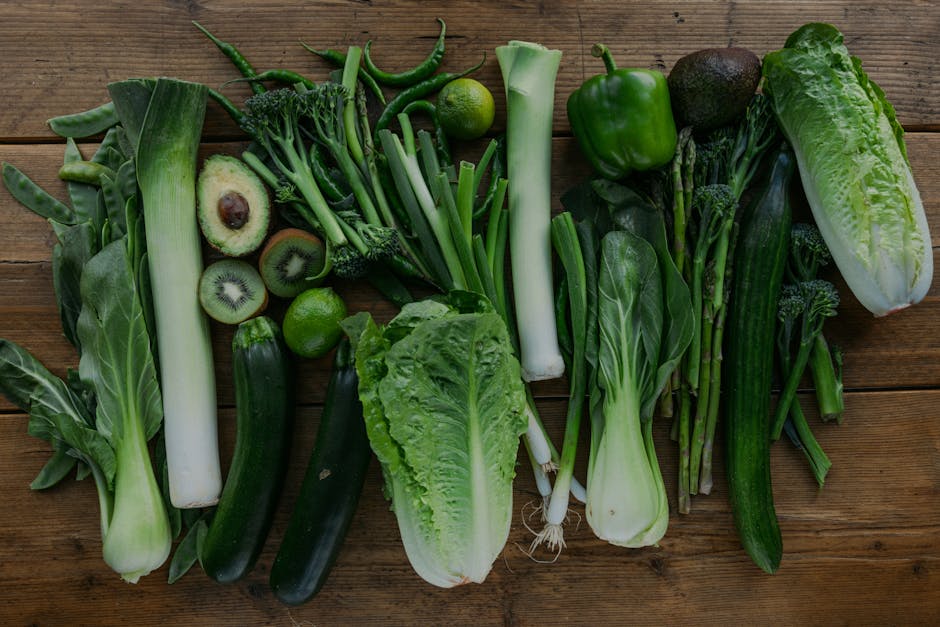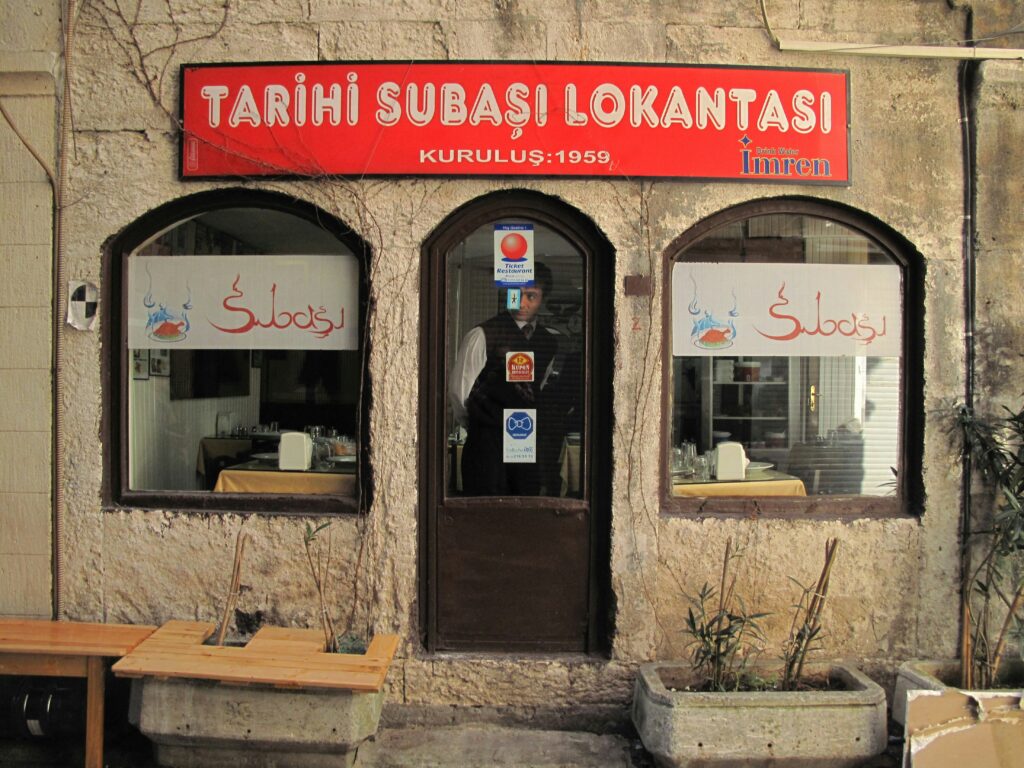Introduction: Beyond Taste
Food isn’t just fuel. It’s memory, ritual, and meaning—layered over time and passed down like stories. What’s on your plate often says more about where you come from than any passport or ID could. Whether it’s the way your family makes rice, the spices you crave when you’re sick, or what you miss most when you travel, eating is as much about connection as it is about calories.
Culture shapes food choices in ways that feel invisible until they’re disrupted. What we call comfort food, celebration food, or even trash food—it all carries cultural weight. From birth, we’re wired into a flavor map built by family, faith, region, and history. And that map evolves, challenged constantly by new influences, diets, values, and technologies.
This piece doesn’t romanticize or nostalgicize food culture. Instead, it looks at how identity, belief, and place influence what we eat—and how those relationships are shifting. Taste is personal, but behind the personal is always the political, the historical, and the cultural. Let’s dig into that.
Childhood, Habits, and the Cultural Imprint
The foods you grow up with anchor you. They come wrapped in smells, routines, and memories so familiar you stop noticing how much they shape your expectations. A bowl of rice and stew might signal comfort to one person; grilled cheese and tomato soup to another. These are not just meals—they’re signals of home, care, and continuity.
But taste isn’t static. As you grow, your environment expands, and so does your palate. You might start life hating bitter greens and end up craving kale salads in adulthood. Or learn to love chili heat only after enough exposure. Life experience and social context push your preferences outward, but they rarely erase the early imprint. That’s why no matter how diverse your diet gets, there’s always that one dish that feels like a reset button.
Tradition plays a quiet, persistent role. Families pass down rituals without explanation. Friday fish. Sunday stew. Birthday noodles. Over time, these routine meals become part of personal identity. You eat them not just because they taste good, but because they remind you who you are—and whose table you used to sit at.
As for comfort foods—yes, they can be surprisingly universal. Everyone has something warm, familiar, and carb-heavy they reach for in tough times. But comfort is filtered through culture. What soothes someone raised in Tokyo might puzzle someone from Naples. And that’s the point: comfort food isn’t about the dish—it’s about the emotional texture attached to it.
Regional Cuisines and Local Identity
Geography and Climate: The Original Recipe Makers
Where you live has always played a major role in what you eat. Geography and climate directly impact what can be grown, caught, and preserved, which in turn shapes a region’s cuisine in both subtle and obvious ways.
- Coastal regions tend to lean into seafood-based traditions
- Arid climates often inspire preservation techniques like drying or salting
- Mountainous regions may rely more heavily on hardy vegetables and livestock
From East Africa’s use of teff to Scandinavia’s love for pickled fish, local cuisine often begins as an adaptation to the environment.
Spices, Techniques, and Ingredients as Cultural Signatures
Over generations, communities develop favorite ingredients and cooking methods that tell a story about their people, values, and environment. These elements become deeply ingrained, turning everyday meals into cultural symbols.
- Spice blends like garam masala (India), berbere (Ethiopia), or za’atar (Middle East) reflect distinct flavor identities
- Cooking techniques such as smoking, fermenting, or stewing are often born out of necessity or seasonal rhythms
- Staple ingredients—rice, corn, wheat, plantains—vary globally but hold similar cultural weight
These traditions are more than taste—they’re a daily expression of history and identity.
Local Sourcing vs. the Global Plate
Today, thanks to global trade and migration, people can access foods from all over the world. However, this creates tension between preserving local cuisine and embracing new influences.
Eating locally means:
- Supporting regional agriculture and food artisans
- Preserving traditional cooking methods and biodiversity
- Promoting environmental sustainability through reduced transport
Engaging with global cuisine allows:
- Cross-cultural understanding and culinary exploration
- Innovative fusion dishes and techniques
- A broader palette of ingredients and flavors
While some fear the loss of local identity, others see opportunity in cultural exchange. The key lies in balance—honoring where food comes from while remaining open to where it can go.
Religion, Beliefs, and Taboos
Food isn’t just about taste—it’s about what you’re allowed to eat, when, and how. Across cultures, religious rules and spiritual beliefs shape diets in clear and lasting ways. Halal, kosher, and vegetarian diets aren’t just health choices or passing trends; they reflect centuries of tradition tied to identity, ethics, and ritual behavior. These frameworks guide what counts as clean, sacred, or prohibited—right down to how food is prepared, stored, or slaughtered.
Take fasting, for example. It’s not only about abstaining. It’s about reflection, self-discipline, and often community. Whether it’s Ramadan, Yom Kippur, or Buddhist retreats, the act of not eating becomes as meaningful as feasting. Sacred foods show the other side of the coin. Think communion bread, prasad, or even symbolic animal offerings—deeply charged with cultural energy that turns eating into participation in belief itself.
What’s consistent? These rules endure. Even when believers are scattered across the globe, many hold fast to the dietary codes they were raised with. Some re-interpret them for modern life—vegan kosher kitchens, plant-based halal menus—but the blueprint remains. In the mix of taste, trend, and tradition, belief is the anchor that keeps some food behaviors stable through centuries of change.
Globalization and the Shift in Tastes
Walk through any major city and the borders between food cultures start to blur. A Korean BBQ taco truck parks next to a vegan fried chicken stand. Inside a mall, you’ll find bubble tea, Thai curry, and a burger joint all within shouting distance. The influence goes both ways.
Western fast food chains have embedded themselves across Asia, Africa, and the Middle East—not just in copy-and-paste form, but often with localized menus built for regional palates. In Japan, you’ll see shrimp tempura burgers. In India, McDonald’s swapped out beef entirely. Meanwhile, Eastern health trends like mindful eating, Ayurveda, and fermented foods are landing hard in Western kitchens and cafés. Kombucha, kimchi, matcha—they’re no longer niche.
Fusion cuisine grew out of this cross-pollination. For some, it’s proof that food can evolve and connect people. For others, it raises red flags about authenticity—where traditions get watered down for the sake of novelty. But the younger generation doesn’t seem to mind. They’re not picking sides. They’re mixing bento with burritos, pairing bubble tea with brunch. To them, “traditional” is a starting point, not a fence.
Culture isn’t static, and neither is taste. What we’re seeing is less about domination and more about dialogue—a messy, flavorful one.
Media, Culture, and Aspiration
It used to be cookbooks and grandma’s kitchen. Now it’s bingeable food TV, aesthetic Instagram feeds, and YouTubers crafting viral meals in 30-second reels. The new culinary authorities don’t wear white coats—they hold cameras. From celebrity chefs to micro-influencers, media has shifted who decides what looks good, what tastes good, and what’s worth eating.
Social media has become both megaphone and microscope, amplifying regional dishes to global fame—or stripping them of context in the process. What was once tied to tradition can now be flattened into a trend. A dish gets millions of views, but its roots don’t always travel with it. Ingredients are substituted. Origins left out. It’s not just remix culture—it’s recipe remix without footnotes.
Then comes aspiration. Eating has become a way to signal taste, wealth, values. Smoothie bowls, matcha lattes, and turmeric everything aren’t just about flavor—they’re lifestyle flexes. Platforms reward visuals over depth, which changes how we approach food. People try new things not necessarily because they crave them, but because they perform well online. That reshapes palates and defines what’s “in.”
The upside? Exposure. The downside? Erasure. In the middle: a chance to eat more curiously, while learning where the food actually came from.
Culture Meets Innovation
Food tech isn’t just about lab coats and shiny gadgets anymore—it’s learning to speak the language of culture. As plant-based options flood the market, the big challenge isn’t making meat substitutes or dairy-free cheeses. It’s making them matter to people who grew up with culinary traditions passed down through generations.
Startups and research labs are waking up to this. It’s not enough to create a soy-based protein that vaguely resembles chicken. If it doesn’t fit a country’s cooking techniques, religious requirements, or core flavors, it won’t make it to the dinner table. That’s why you’re seeing precision fermentation tailored for kosher kitchens, and meat alternatives designed to mimic the texture of fish used in Japanese or Filipino dishes.
In regions where lentils and grains are already a staple, food innovation looks less like swapping out meat and more like doubling down on nutrient-rich traditional ingredients using modern methods—think climate-resistant crops or AI-optimized farming for local spice blends.
The point is: cultural relevancy is becoming just as important as nutritional value and sustainability. Developers and brands that don’t factor this in are missing the plot.
Further reading: Future of Food: Predictions and Advancements
Wrapping It Up: Taste as a Cultural Code
Food preferences don’t float in a vacuum. What we crave, avoid, or celebrate at the table is wired to something bigger—history, class, identity, and power. A pizza in Naples isn’t just lunch. A curry in Delhi isn’t just dinner. They’re signals of who we are, where we come from, and what stories we carry.
Culture decides what’s acceptable, what’s exotic, and what’s off-limits. It shapes the flavor profiles we call “normal,” the dishes reserved for celebration, and the ones some might never even try. There’s politics in that. Colonization stripped ingredients from their native lands; migration rewrote recipes. Even today, labeling a dish “ethnic” or “authentic” comes with assumptions, biases, and sometimes, erasure.
If you want to understand a people, pay attention to what they eat—and why. Are the meals resourceful, born of scarcity? Are they elaborate, signaling status? Are they communal, ritual, sacred? Food is biography written in bites.
So here’s the takeaway: Stay curious. Ask questions. Don’t just taste, listen. Respect the roots behind the dishes you love. And wherever you go, keep your fork ready—the story’s far from over.


 Charles brings his sharp eye for detail and love of global cuisine to FoodHypeSaga. His writing dives into food culture, exploring fresh trends and unique flavors with a modern perspective.
Charles brings his sharp eye for detail and love of global cuisine to FoodHypeSaga. His writing dives into food culture, exploring fresh trends and unique flavors with a modern perspective.

